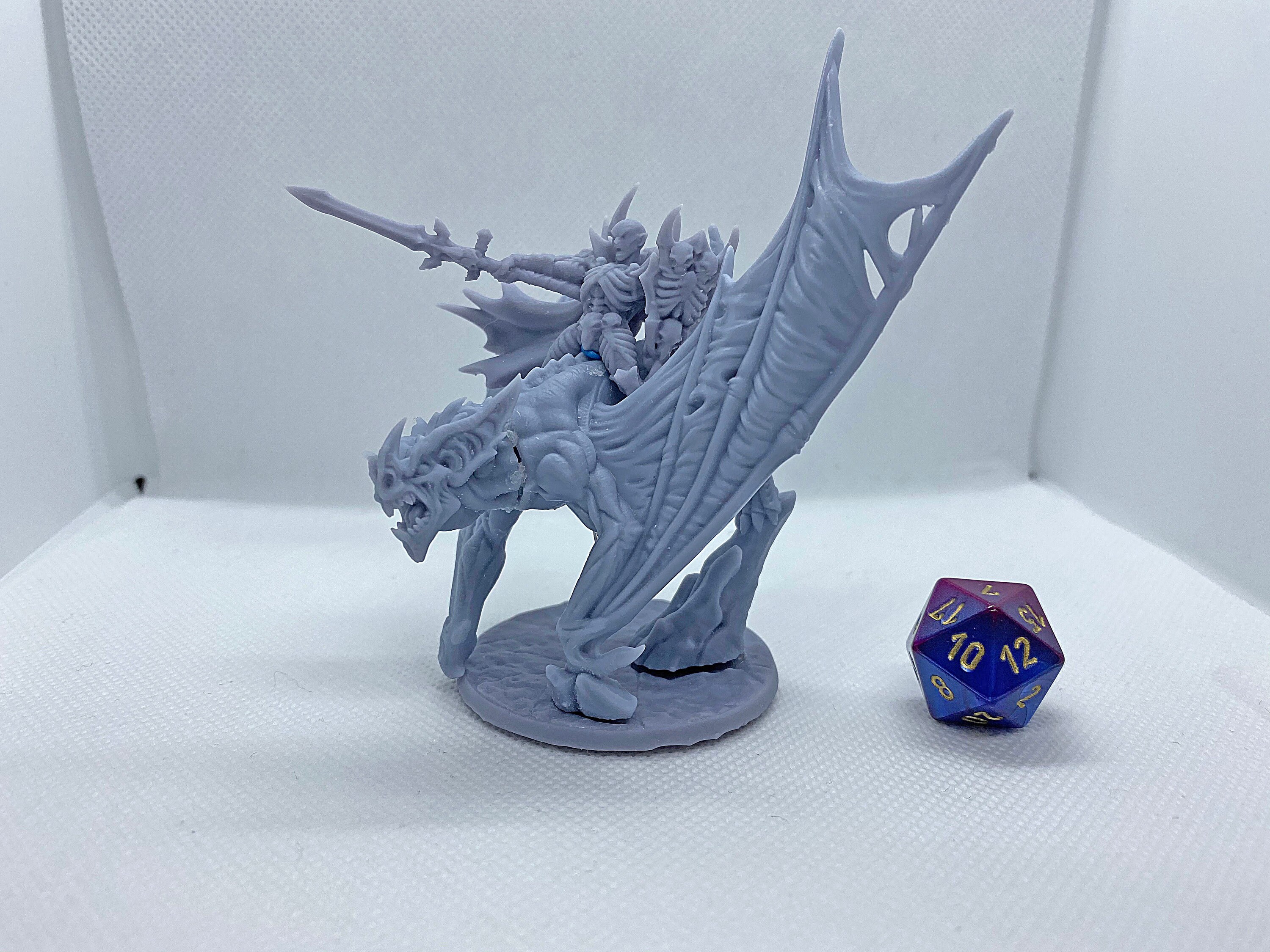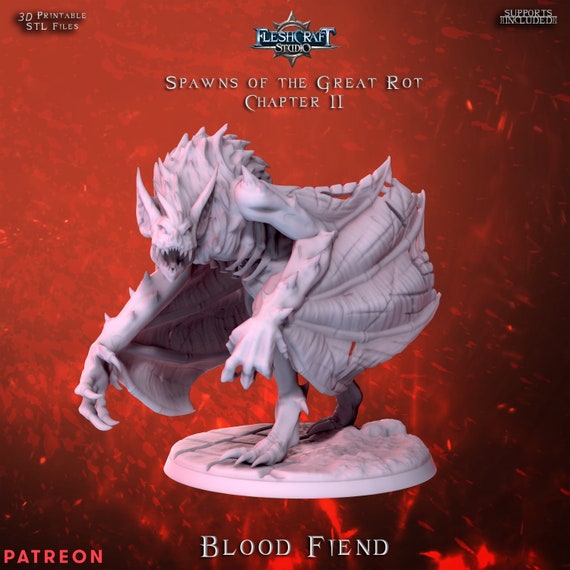


The entire pack would act as a single mind, and their ranks.


Dire bats averaged 200 pounds (91 kilograms) and had leathery wings that. However, when lead by a capable alpha, their threat is increased. Dnd Giant Bat Recipes with ingredients,nutritions,instructions and related. Each wolf is the equivalent of a C-ranked monster, strong enough to maul unaware adventurers. They live in packs and rule over the lands of inferior monsters like Goblins. (good) Attack bite (1d6) Ability Scores Str 9, Dex 17, Con 9, Int 2, Wis 14, Cha 6 Special Qualities blindsense 40 ft.ħth-Level Advancement: Size Large AC +3 natural armor Attack bite (1d8) Ability Scores Str +8, Dex –2, Con +4. Direwolves are a species of Monsters that used to live in the plains east of the Jura Forest. Starting Statistics: Size Medium Speed 20 ft., fly 40 ft. A dire bat prefers feeding on livestock and herd animals. The dire bat generally doesn’t shelter in groups larger than eight, often living a solitary life. This immense creature has an average wingspan of 15 feet and weighs roughly 200 pounds. The dire bat is usually found lairing in desolate areas, resting in caves or other secluded areas during the day and taking to the skies in search of prey at night. Organization solitary, pair, or colony (3–8) Skills Fly +9, Perception +12, Stealth +4 Racial Modifiers +4 Perception when using blindsense Perception +12ĪC 14, touch 11, flat-footed 12 (+2 Dex, +3 natural, –1 size) In short, use these lists as a guide, not as shackles-if your adventure works better with a sphinx encountered in a cold forest, by all means, go for it! Just keep in mind that you should also probably come up with an in-game reason to explain the monster's presence there.Init +2 Senses blindsense 40 ft. Creatures listed under planar terrains can usually be encountered anywhere on the Material Plane as well, but are only very rarely encountered on planes other than the one associated with them. Likewise, while bulettes usually limit their hunts to hilly terrain, it wouldn't be unusual to find one in the mountains or even on a plain. For example, although behirs are normally encountered in warm deserts, it's certainly possible to encounter one in a temperate desert (but much less likely to find one in a cold desert). Note that there can be a certain amount of crossover on these lists, especially between climate bands, similar terrains, or a planar terrain and the Materal Plane. The following lists group all of the monsters in this book into their respective terrains.


 0 kommentar(er)
0 kommentar(er)
